Understanding OCD and How ERP Helps Reverse the Cycle
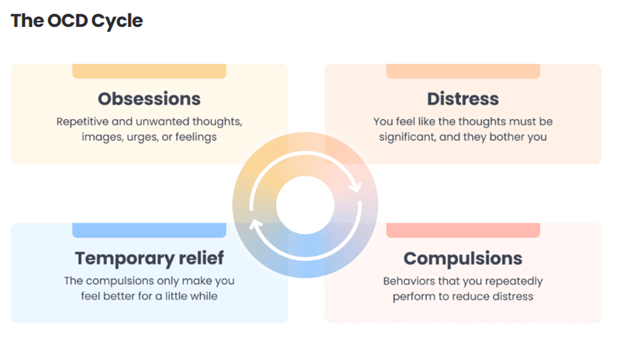
The Trap of Avoidance and Compulsions
At first, compulsions seem like a solution because they provide temporary relief from anxiety. However, this relief is short-lived. Every time a person engages in a compulsion, they are teaching their brain that the obsession was a real threat, and avoidance was necessary. Over time, this makes the fear even stronger, requiring more compulsions to keep the distress at bay. This cycle continues, making OCD symptoms worse.
How ERP Disrupts the OCD Cycle
What is ERP (Exposure and Response Prevention)?
Exposure and Response Prevention (ERP) is a specialized form of Cognitive Behavioral Therapy (CBT) that helps individuals with OCD break free from compulsions and regain control over their lives. Research shows that ERP is the most effective treatment for OCD, with about 80% of people experiencing significant improvement.
ERP works by systematically exposing individuals to their fears (exposures) while preventing them from engaging in compulsions (response prevention). By resisting compulsions, individuals teach their brains that obsessions are not threats and that distress can decrease naturally over time without avoidance.
How ERP Reverses the OCD Cycle
ERP helps reverse OCD by breaking the learned connection between obsessions and compulsions. This happens in several key ways:
- Learning That Thoughts and Obsessions Are Not Dangerous – Through repeated exposure to distressing thoughts and situations without performing compulsions, individuals begin to realize that nothing catastrophic happens. Their worst fears do not come true, and the obsessions lose their intensity over time.
- Building Tolerance to Discomfort and Uncertainty – OCD thrives on a person’s desire for certainty and relief from discomfort. ERP teaches individuals that they can tolerate distress and uncertainty without needing to act on compulsions. With practice, distress naturally diminishes without any action being taken.
- Reducing the Brain’s Overreaction to Obsessions – By facing fears repeatedly, the brain learns that these thoughts and situations are not actually dangerous. The fear response weakens, making obsessions less intrusive and distressing over time.
- Weakening the Compulsion-Relief Cycle – When a person stops performing compulsions, their brain stops associating them with relief. This weakens the OCD cycle and reduces the urge to perform compulsions in the future.
Facing Your Fears: Why ERP Works
I know that exposing yourself to your worst fears and intrusive thoughts sounds terrifying. You may be wondering, "Why in the world should I do this?" The answer is that the more you gradually expose yourself to what you fear, the less afraid you become, and the more your capacity to take risks increases. By confronting your fears in a controlled and supportive environment, you will find that you can tolerate distress, and your anxiety decreases over time without the need for compulsive behaviors. This, in turn, reduces OCD thoughts and sensations, leading to a significant reduction in overall anxiety levels.
Why ERP is Effective
ERP is effective because it retrains the brain to respond differently to obsessions:
- Habituation: The brain learns that anxiety naturally decreases over time, even without compulsions.
- Inhibitory Learning: The individual learns that they can tolerate uncertainty and discomfort without acting on compulsions.
- Cognitive Restructuring: ERP helps shift thinking patterns, reinforcing the understanding that thoughts are just thoughts, not facts or threats.
Breaking Free from OCD
The key to overcoming OCD is learning to face fears instead of running from them. ERP empowers individuals to break free from compulsions, regain control, and live life without the limitations imposed by OCD. By understanding and embracing this approach, those struggling with OCD can work toward lasting recovery and freedom from the cycle of fear and avoidance.
Written by Eliyahu Serkez
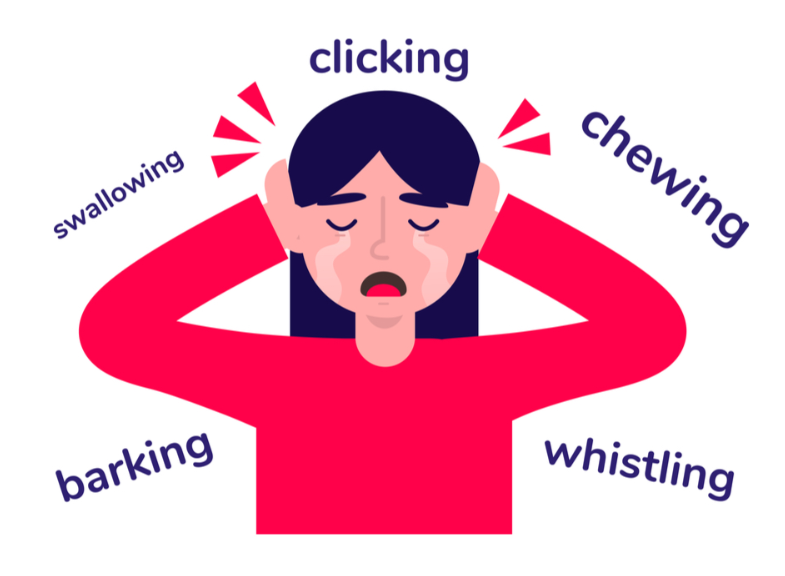
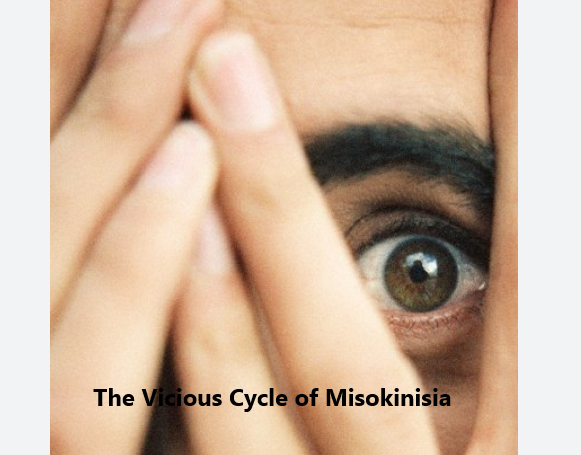
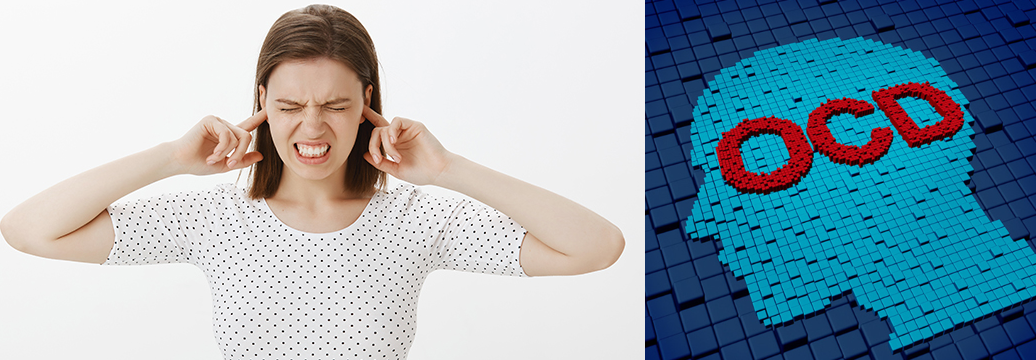
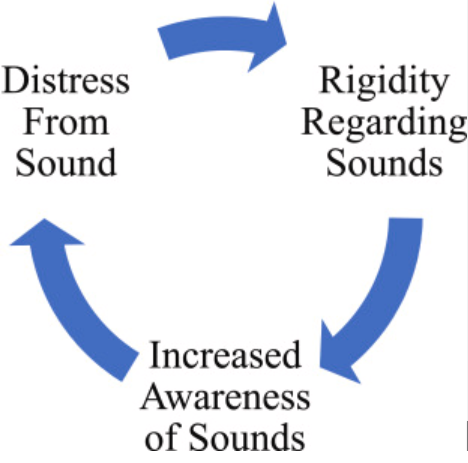
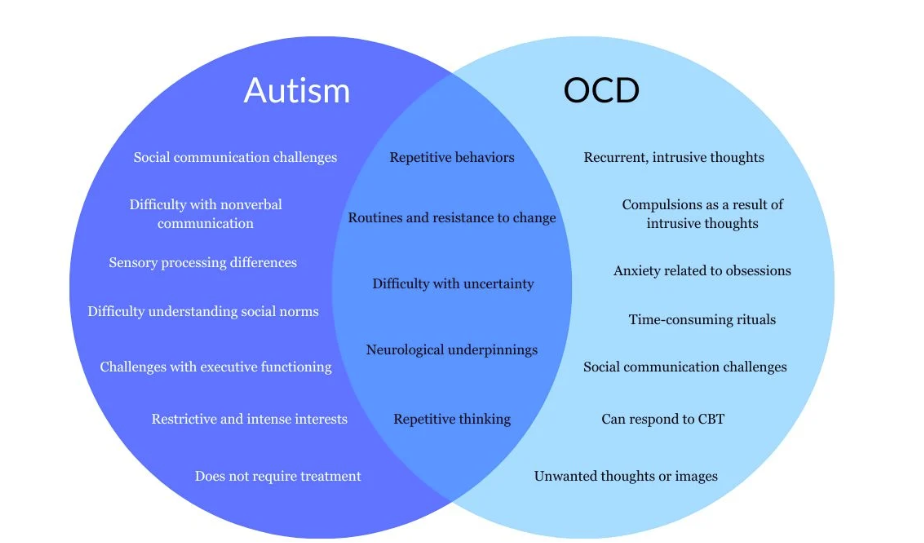

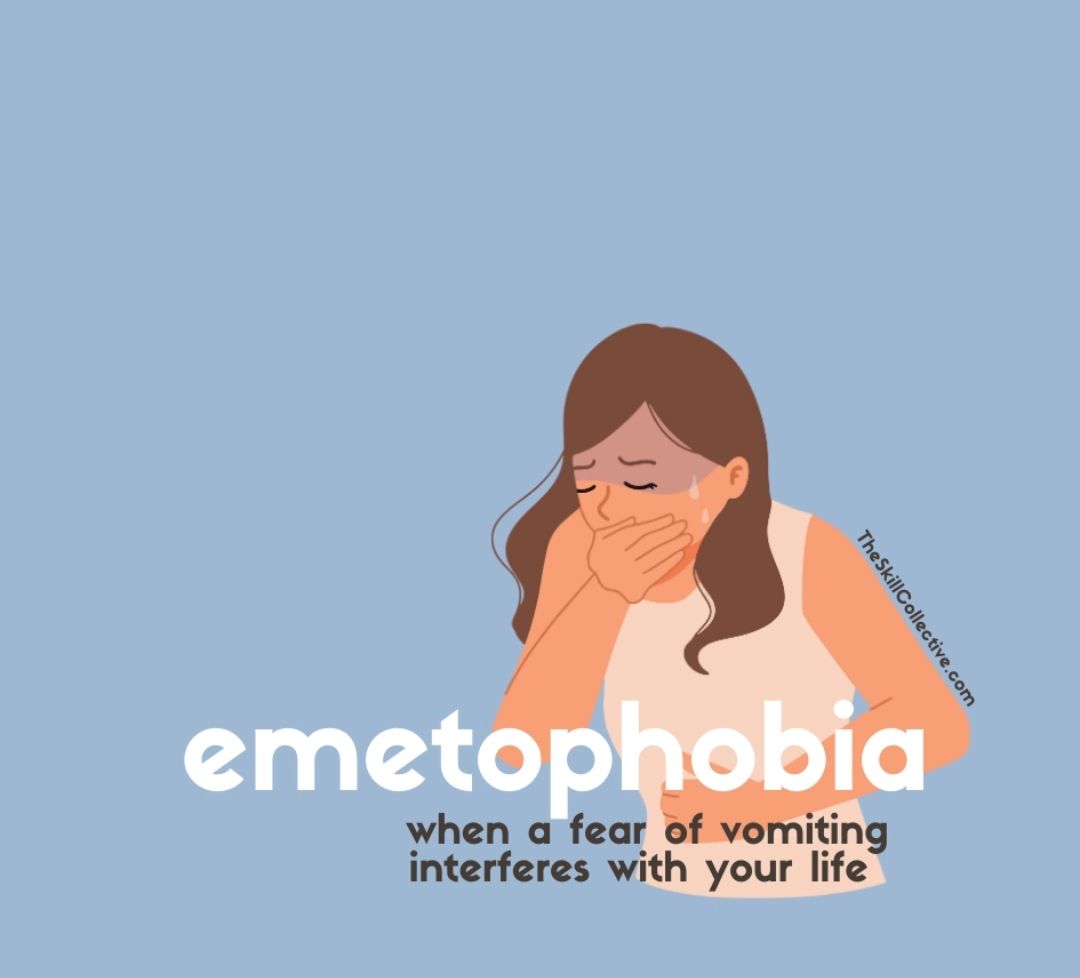
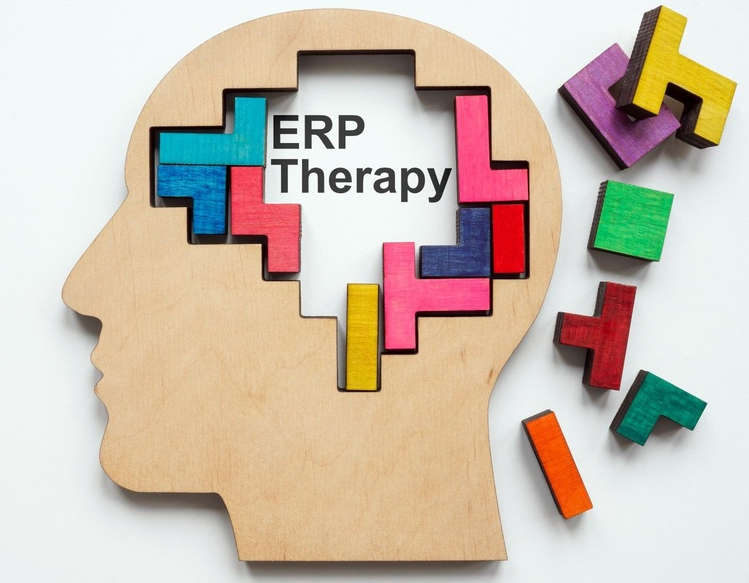
Interested to learn more? We’re here to help!
The Anxiety & OCD
Therapy Practice
We specialize in treating all forms of Anxiety, OCD & Misophonia
Find us on:
Psychology Today: https://www.psychologytoday.com/profile/1156406
Locations
New Hempstead, NY
Ramsey, NJ
Howell, NJ
Telehealth-Virtual
